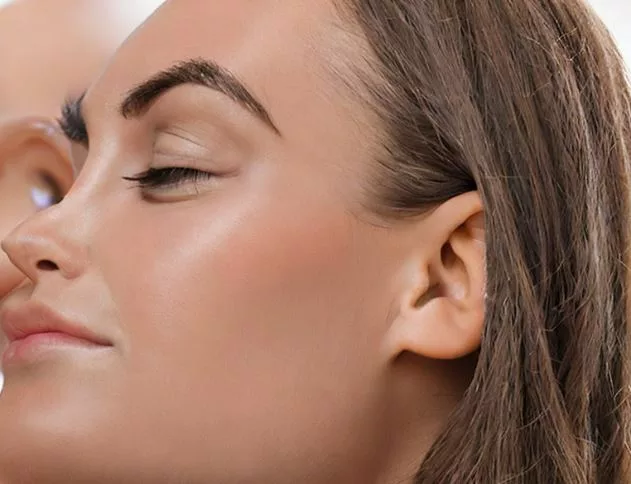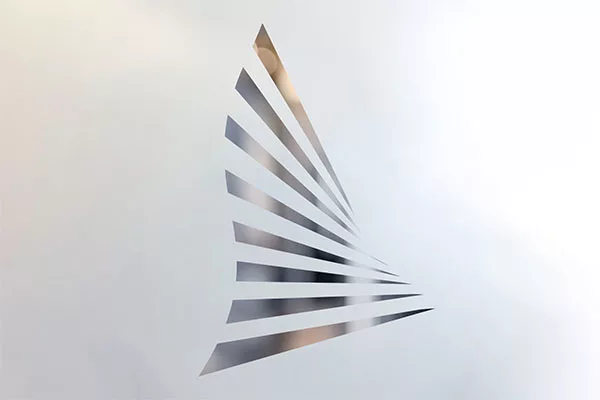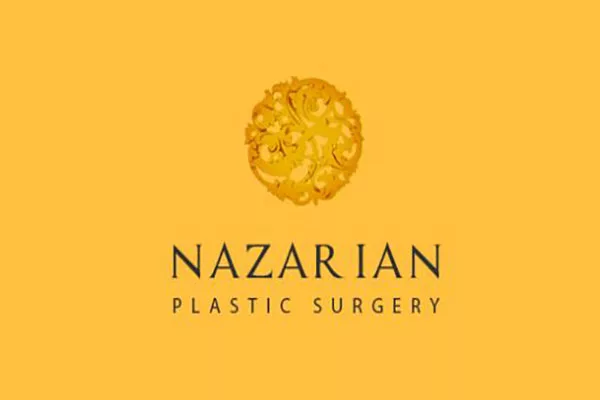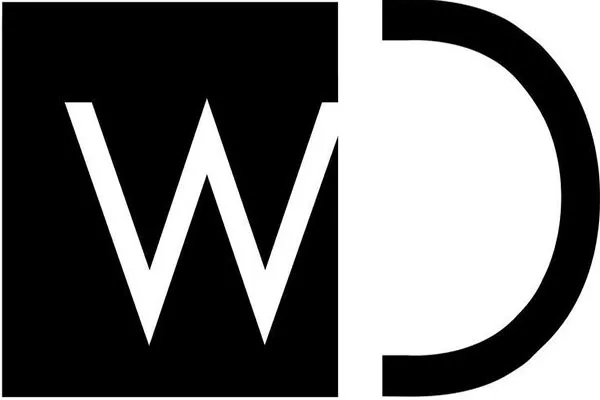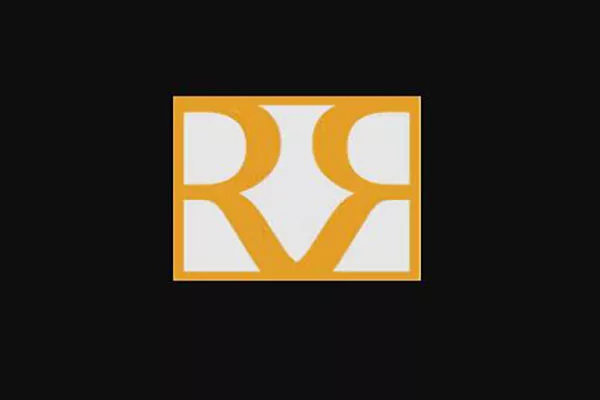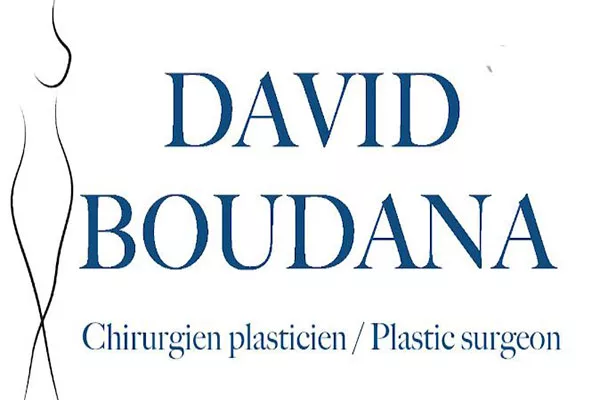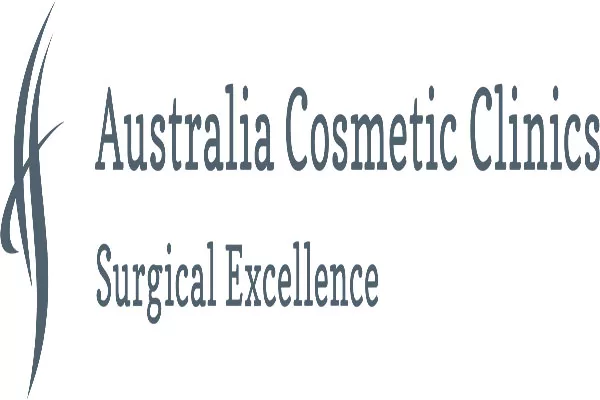Rhinoplasty, commonly known as a “nose job,” is a cosmetic surgical procedure that alters the shape or size of the nose. It is a popular procedure to improve the appearance of the nose or correct breathing problems caused by structural abnormalities. However, like any surgery, it can leave scars. In the case of rhinoplasty, these scars can be inside or outside the nose, and they can take several months to heal. In this article, we will explore the different types of rhino scars, how they are treated, and how to avoid them.
Types of Rhino Scars
There are two main types of scars that can result from rhinoplasty: external and internal scars.
External scars are visible on the outside of the nose and can be caused by different techniques, such as an open nose job, where an incision is made on the columella, the tissue that separates the nostrils. Closed rhinoplasty techniques, where the incisions are made inside the nose, can also result in external scars if the surgeon needs to make an incision on the skin.
Internal scars are not visible outside but can affect breathing and airflow if they are big enough. These scars can occur if the surgeon removed cartilage or bone from the nose during the procedure. The scarring can lead to a deformation of the nasal passage, causing congestion and difficulty breathing through the nose.
Treatment for Rhino Scars
There are different treatment options available to reduce the appearance of scarring after rhinoplasty surgery. Here are some of the most common:
- Steroid injections: Steroid injections can help reduce the size and appearance of external scars. Your surgeon can inject a small amount of steroid medication into the scar tissue, which can help to reduce inflammation and promote healing.
- Silicone sheets/dressings: Silicone sheets or dressings can help to soften and flatten external scars by gently applying pressure to the affected area.
- Revision rhinoplasty: Revision rhinoplasty is a surgical procedure that involves correcting or improving the results of a previous rhinoplasty surgery. A skilled surgeon can minimize the appearance of external scars by revising the incision site or using different techniques to improve the outcome.
- Massage Therapy: Massages to the area can increase blood flow and collagen production to the area, helping to heal the scars.
- Laser Therapy: Laser therapy can be used to treat both internal and external scars. The laser can penetrate the skin to reduce the appearance of scars, promote collagen production, and stimulate the growth of healthy tissue.
Prevention of Rhino Scars
While scars are a natural part of the healing process after surgery, there are steps you can take to minimize their appearance:
- Choose an experienced surgeon with a good track record.
- Follow your surgeon’s post-operative instructions carefully.
- Avoid smoking and alcohol, which can impair healing.
- Keep the surgical site clean and protected from the sun.
- Take supplements such as Vitamin C, Vitamin E and Zinc which promote healing.
- Avoid strenuous activities that can strain your nose, causing bleeding and swelling.
- Be patient and allow yourself time to heal properly.
- If you are prone to scarring, discuss options with your surgeon, such as using stitches that dissolve, avoiding drainage tubes or using pressure garments.
By following these steps, you can reduce the risk of developing visible scars and promote optimal healing after rhinoplasty surgery.
Risks and Complications of Rhino Scars
Scarring after rhinoplasty surgery is common, but some patients may experience more severe scarring or complications. Here are some potential risks and complications:
- Hypertrophic Scarring: Hypertrophic scars are thick, raised scars that can form at the incision site. This kind of scarring can be itchy or uncomfortable.
- Keloids: Keloids are an overgrowth of scar tissue that extends beyond the original area of injury. Keloids can be painful, itchy, and unsightly, and may require additional treatment to reduce their appearance.
- Open Rhinoplasty Scarring: Open rhinoplasty, as opposed to closed, can result in a more noticeable scar under the nose that can take longer to fade.
- Nasal Discoloration: There is a risk that the skin under the nose where the scar is located may look discolored after rhinoplasty surgery.
- Breathing Problems: Scarring on the inside of the nose may cause breathing difficulties.
- Infection: Infection is a rare but possible complication of any surgery, including rhinoplasty, which can cause scarring to worsen.
It is important to discuss these risks with your surgeon before having rhinoplasty surgery. By understanding the potential complications, you can make an informed decision about your treatment.
Recovery Time for Rhino Scars
The recovery time for rhinoplasty scars can vary depending on the individual and the extent of the surgery. Here are some general guidelines:
- External Scars: External scars from rhinoplasty may take 6 to 12 months to fully fade. During the first few weeks of recovery, swelling and bruising may be present, and the surgical site will require regular cleaning and dressing changes.
- Internal Scars: Recovery from internal scars may take longer, up to 12 months. Immediately after the surgery, your surgeon may insert silicone splints or nasal packing to support the nose and limit bleeding.
- Follow up visits: You may have to return to your surgeon’s office for regular follow-up visits, where they can check on your progress and adjust the treatment plan as necessary.
- Good results depend on careful care: Proper care and following post-operative instructions can help speed up the recovery process, reduce scarring, and minimize the risk of complications.
It is important to discuss your concerns and recovery progress with your surgeon, as they can provide guidance and support throughout the healing process.
Cost of Rhino Scar Treatment
The cost of rhinoplasty scar treatment can vary depending on the type of treatment you choose, the severity of your scars, your location, and your surgeon’s experience. Here are some approximate costs:
- Steroid Injections: Steroid injections can cost between $100 and $400 per session – with costs varying depending on the number of sessions needed.
- Silicone Sheets/Dressings: Silicone sheets/dressings range from $20 to $100 or more, depending on the brand and size.
- Revision Rhinoplasty: Revision rhinoplasty is a more expensive option, ranging from $8,000 to $20,000 or more, depending on the complexity of the procedure.
- Massage Therapy: Massages can range from $100 to $200 per session, with multiple sessions generally required.
- Laser Therapy: Laser therapy can range from $400 to $1000 per session, depending on the type of laser used and the size of the area to be treated.
It is important to discuss the cost and payment options with your surgeon before undergoing any treatment. Some insurance companies may cover certain aspects of rhinoplasty surgery, so it is worth checking with your provider to see what is covered.
When to Seek Help
If you experience any of the following symptoms after rhinoplasty surgery, it is important to seek help from your surgeon immediately:
- Severe pain that is not relieved by medication.
- Excessive bleeding or bruising around the surgical site.
- Signs of infection, such as fever, chills, redness, or discharge from the surgical site.
- Difficulty breathing or nasal congestion that gets worse over time.
- Extreme swelling or inflammation.
- Worsening or sunken scars.
- Changes in skin color or texture around the surgical site.
- Numbness or loss of sensation to the surgical site.
- Faintness, dizziness or feeling lightheaded.
- Chest pain or shortness of breath.
It is always better to err on the side of caution when it comes to your health. Contact your surgeon immediately if you experience any of these symptoms, or if you are unsure if what you’re experiencing is normal. Getting prompt medical attention can help prevent serious complications and ensure a successful recovery.
Conclusion
Rhinoplasty is a popular cosmetic surgical procedure that can improve the appearance of the nose and correct breathing problems caused by structural abnormalities. While scarring is a natural part of the healing process after surgery, it is important to take steps to minimize their appearance and prevent complications. By following your surgeon’s post-operative instructions, eating well, avoiding alcohol and smoking, taking care of your skin, and taking any supplements recommended by your surgeon, you can reduce the risk of developing visible scars and promote optimal healing.
If you do develop scarring after rhinoplasty surgery, there are treatment options available to help reduce their appearance. Steroid injections, silicone sheets/dressings, revision rhinoplasty, massage therapy, and laser therapy can all be effective in softening and flattening scars. Recovery times can vary depending on the extent of the surgery, but it is important to be patient and follow your surgeon’s instructions to ensure the best outcome.
If you experience any unusual symptoms after rhinoplasty surgery, it is important to seek help from your surgeon immediately. Early intervention can prevent serious complications and ensure a successful recovery.
Additional Tips
Here are some additional tips to keep in mind if you are considering rhinoplasty surgery:
- Do your research and choose a qualified, experienced surgeon.
- Be realistic about the results you can achieve with rhinoplasty surgery.
- Take care of your skin before and after surgery to promote optimal healing.
- Follow your surgeon’s post-operative instructions carefully.
- Avoid smoking or drinking alcohol, which can impair healing.
- Stay hydrated and eat a healthy diet to promote optimal healing.
- Ask your surgeon any questions you have before and after the surgery.
- Be patient with the recovery process and give yourself time to heal.
- Be prepared for possible scarring and consider treatment options if necessary.
- Stay in touch with your surgeon and attend regular follow-up appointments to monitor your progress.
By following these tips and taking good care of yourself before and after surgery, you can reduce the risk of complications and ensure the best possible outcome from your rhinoplasty surgery.
References:
1. American Society of Plastic Surgeons. Rhinoplasty. Available from: https://www.plasticsurgery.org/cosmetic-procedures/rhinoplasty. Accessed October 12, 2021.
2. Azizzadeh B, Mashkevich G. Rhinoplasty: the effect of surgical technique on the development of scar tissue. Facial Plast Surg Clin North Am. 2013;21(2):287-293.
3. American Society of Plastic Surgeons. Am I a candidate for rhinoplasty? Available from: https://www.plasticsurgery.org/cosmetic-procedures/rhinoplasty/candidates. Accessed October 12, 2021.
4. Okunski WJ, Most SP. Complications of rhinoplasty. Facial Plast Surg. 2013;29(3):213-219.
5. American Society of Plastic Surgeons. After rhinoplasty. Available from: https://www.plasticsurgery.org/cosmetic-procedures/rhinoplasty/recovery. Accessed October 12, 2021.
6. American Society of Plastic Surgeons. Rhinoplasty cost. Available from: https://www.plasticsurgery.org/cosmetic-procedures/rhinoplasty/cost. Accessed October 12, 2021.7. Mayo Clinic. Rhinoplasty. Available from: https://www.mayoclinic.org/tests-procedures/rhinoplasty/about/pac-20384532. Accessed October 12, 2021.
